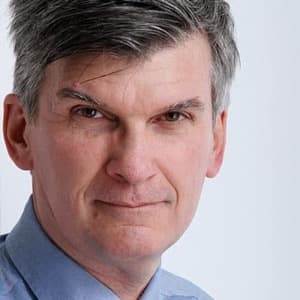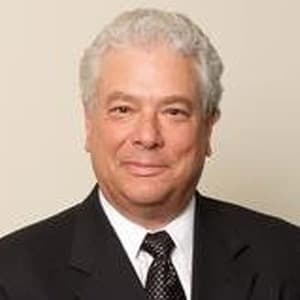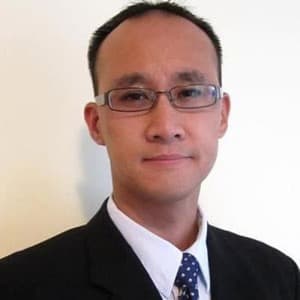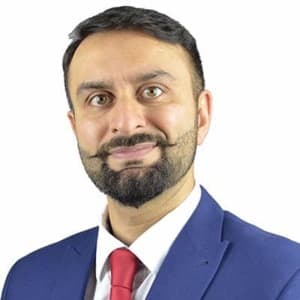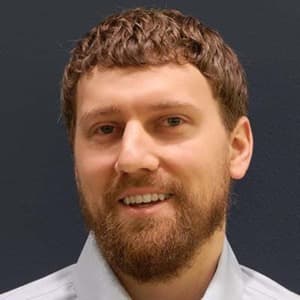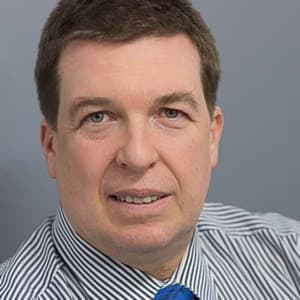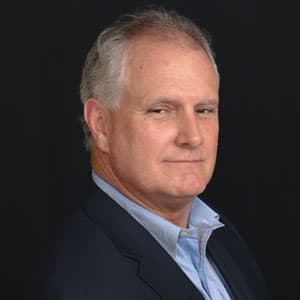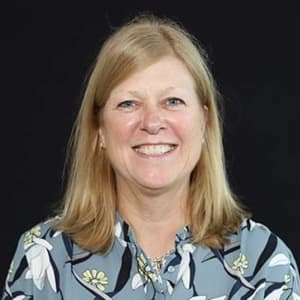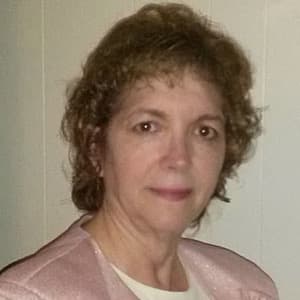The Blog
BBC Interview Series: Daniel Lambert at Benchmark and James Pickens and Colin Leung at TD Bank
In anticipation of their co-presentation at Building Business Capability in Vegas, Oct 31, – Nov. 4, 2016, we asked Daniel Lambert, Vice-President at Banchmark, James Pickens, Vice President Business Architect at TD Bank, and Colin Leung, Enterprise Real Estate (ERE) Manager of Technology for the Business Management and Governance at TD Bank, a few questions about pursuing business excellence. Check out their interview in relation to their BBC co-presentation entitled, Using Business Architecture to Facilitate the Implementation of TD Bank’s North American Business Model: A Case Study.
Q: In what ways do you see your group helping your organization pursue business excellence?
A: Our group is part of the Technology Strategy and Analytics team within TD’s Enterprise Real Estate (ERE) business unit. We deliver real estate technology-driven solutions and analytics that enable ERE to maximize its value proposition to the Bank.
We operate under the following pillars of success:
- Aligned with business strategy and “Best in Class” business practices
- Managed using Standard Operating Procedures (SOPs), Governance, and Change Controls
- Connected in a manner that streamlines integration and collaboration with vested partners
- Communicated to simplify user access to needed services
We enable the capability of delivering change that is effective, but also consistent with overarching TD Technology, Risk, Security and Governance standards. There is also constancy of purpose and alignment with the principles of Lean Six Sigma. Overall, our team empowers ERE to achieve its strategic business objectives.
Q: Can you describe the challenges you face or have already overcome in establishing more robust business capabilities for your organization?
A: We are challenged to deliver modern technology infrastructures, solutions and analytics that keep alignment with transforming business processes, while maintaining delivery at a fast pace and reasonable cost. Multiple processes and multiple systems need to be streamlined and optimized at the same time, while change is a constant. We overcome this by staying true to our core strategies and pillars of success, continue enhancing ourselves, and keeping a big-picture perspective when it comes to bringing positive change capability to the business with lasting value.
Q: What are your short-term goals for becoming more agile?
A: Business information is a real asset. This information includes the data we can leverage in alignment with a business architecture model. Our short term goal is to build that business architecture model and then linking it to easily understandable Six Sigma SIPOC methodology to shorten the information gathering, consumption, analysis and communication process. This has a direct benefit to all business and IT stakeholders involved, where change initiatives become more agile. With the business architecture model, the stakeholders will be more readily capable of making impact assessments and enable transformation while enhancing value proposition.
Q: What’s the most valuable thing you’ve learned in the past year?
A: Change is constant. The speed of change is much more accelerated than ever before. We have learned that enhancing the capability to do “What If” scenarios is extremely valuable. Business Architecture is a good and harmonized way to keep up with those changes and to enable that “What If” capability.
Q: What do you see as the most important goal or trend for business analysts and other professionals to keep in mind?
A: There is a continuing trend towards off-the-shelf models and optimizing from that foundation. This in turn puts the traditional approach of requirements gathering and deriving solutions from that position as not always the most prudent path. For instance, agile models are moving more and more towards interaction maps. There are times when a heavy focus on requirements can lead to customization and limitations to scalability, flexibility and creativity.
Q: What’s the latest method/process/tool you’ve implemented to help your business operate more effectively? Have you seen any results yet?
A: We are using IRIS Business Architect. It has contributed to the implementation of our business and enterprise architecture model quickly to shorten information gathering, delivery and execution. It empowers us to make organization changes and capability changes while seeing the impact those changes have to the downstream and to the overall map.
Q: If you could go back 5 years in time and give some professional insight or advice to yourself, what would it be?
A: The best advice now and 5 years ago is to learn how to bring value quickly and effectively in all assignments. Return on Investment (ROI) is always critical.
Q: Sneak preview: Please tell us a take-away that you will provide during your talk at the Building Business Capability (BBC) conference this year?
A: The idea of modeling change under one framework.
—————————–
Don’t miss Daniel, James and Colin’s co-presentation, Using Business Architecture to Facilitate the Implementation of TD Bank’s North American Business Model: A Case Study, at Building Business Capability on Wednesday, November 2, 2016 from 11:35 am to 12:35 pm. Click here to register for attendance.
2018 Program
Connect
Building Business Capability is the only conference that provides insight into Business Analysis, Business Architecture, Business Process, Business Rules, Business Decisions, and Business Strategy & Transformation toward the pursuit of business excellence.
STAY CONNECTED
Event Produced and Organized by Rising Media in association with Business Rule Solutions Copyright © 2010-2018, Rising Media, Inc. All Rights Reserved.

